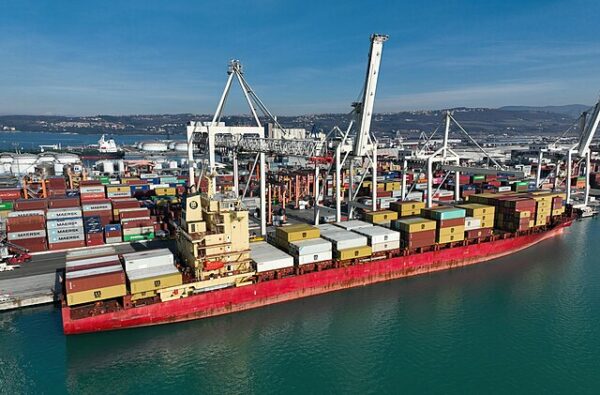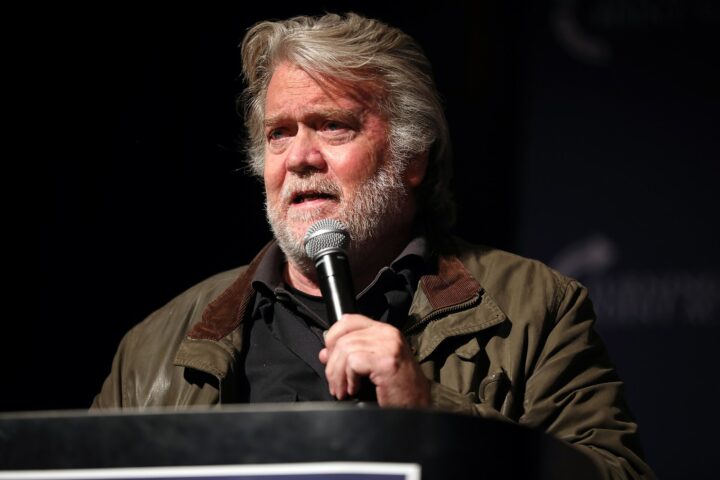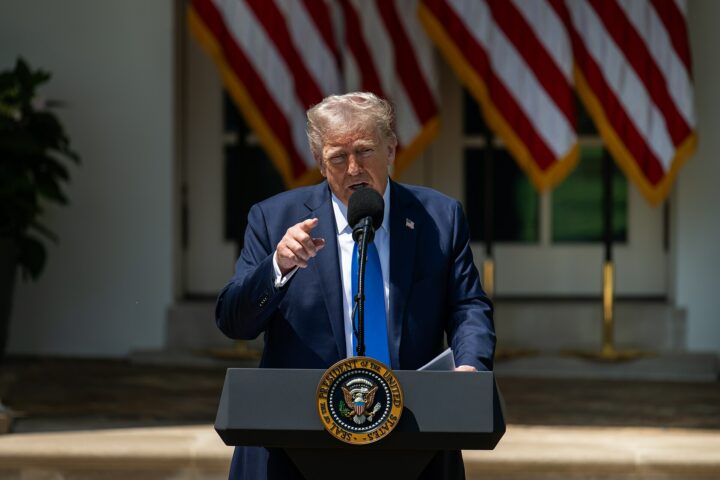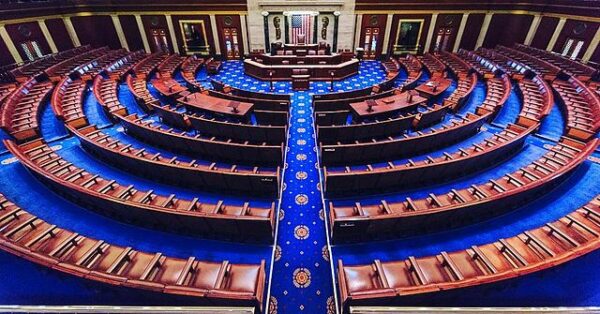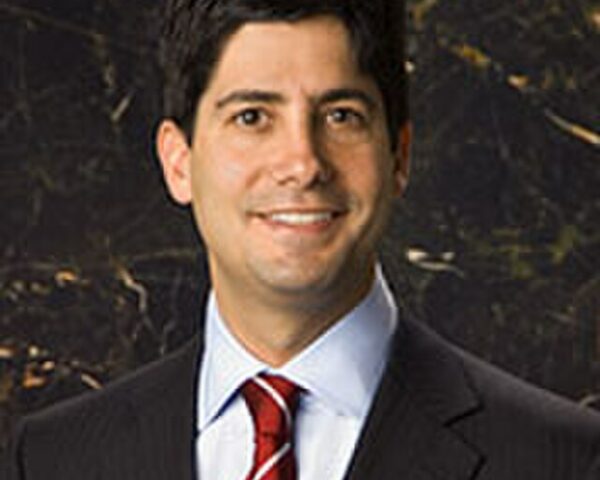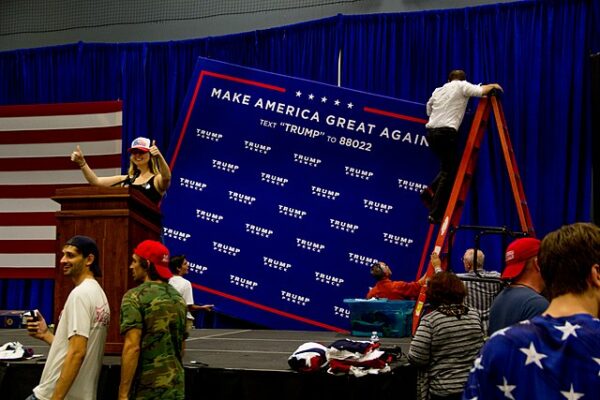As he gets ready to return to the White House, President-elect Donald Trump’s economic team has begun to tweak its plans to install more tariffs, shifting away from broad import duties in favor of a more targeted approach. The move marks a major shift in strategy.
During the campaign, Trump floated the idea of imposing across-the-board tariffs of 10 to 20 percent, a proposal that sparked widespread concern among economists and business leaders over potential price hikes and inflation. However, sources close to the ongoing discussions told The Washington Post that the incoming administration is now focusing on sector-specific tariffs, targeting industries considered vital to national and economic security.
The potential change reflects a recognition that Trump’s initial plans — which would have been immediately noticeable in the price of food imports and cheap consumer electronics — could prove politically unpopular and disruptive. But consideration of universal tariffs of some kind still reflects the Trump team’s determination to implement measures that can’t be easily circumvented by having products shipped via a third country.
Exactly which imports or industries would face tariffs was not immediately clear. Preliminary discussions have largely focused on several key sectors that the Trump team wants to bring back to the United States, the people said. Those include the defense industrial supply chain (through tariffs on steel, iron, aluminum and copper); critical medical supplies (syringes, needles, vials and pharmaceutical materials); and energy production (batteries, rare earth minerals and even solar panels), two of the people said.
It’s also unclear how these plans intersect with Trump’s stated intent to impose 25 percent tariffs on Mexico and Canada and an additional 10 percent tariff on China unless they take measures to reduce migration and drug trafficking. Many business leaders view those measures as unlikely to ever take effect, but some people familiar with the matter said they could be imposed along with universal tariffs on key sectors.
The narrower list of initial tariffs may also partially reflect growing fears about the persistence of inflation in the coming year. The Federal Reserve in December signaled that officials expect just two interest rate cuts for this year, as price increases remain stickier than initially forecast.
The revised approach highlights industries such as the defense supply chain, including steel, aluminum, and copper, as well as critical medical supplies like pharmaceuticals and medical equipment. Energy-related imports, including rare earth minerals and batteries, are also under consideration for tariffs. This shift aims to balance Trump’s campaign promise to reinvigorate domestic manufacturing with the economic risks posed by blanket import duties. By narrowing the scope, the administration seeks to avoid immediate backlash from consumers who might otherwise face rising costs on everyday products.
Despite the report, Trump himself remains steadfast in his public commitment to aggressive tariff measures. On his social media platform, Truth Social, he doubled down on his stance and attacked The Washington Post as “fake news.”
While the final details of the administration’s tariff policy are still under discussion, the sector-specific approach indicates a more calculated implementation plan compared to the sweeping tariffs initially proposed during the campaign. The coming months will be crucial in determining how these measures align with broader trade negotiations and their potential impact on the global economy.

